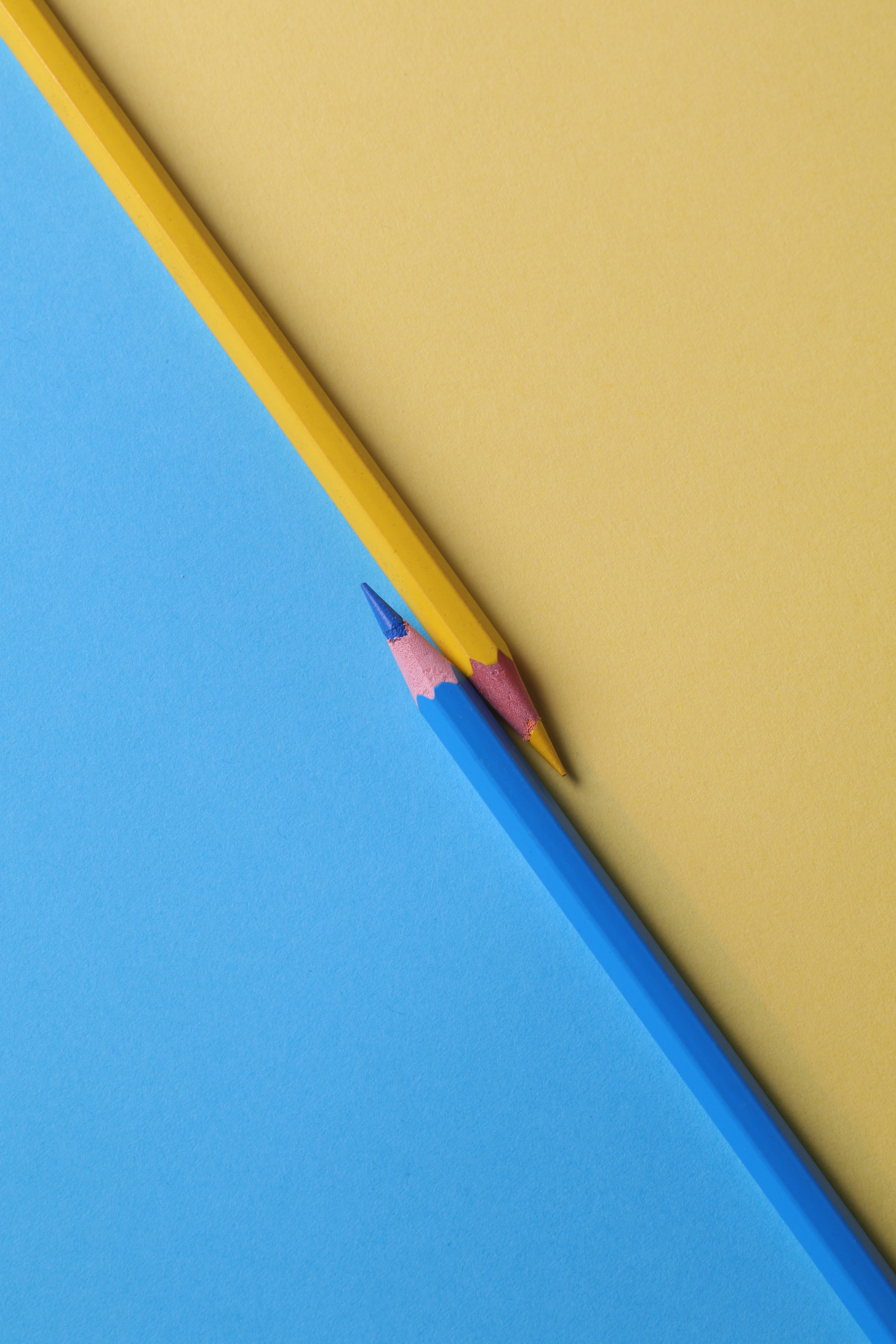By: Roberta Schlehr
Recently, I wrote an article regarding principles of design or design principles. I wrote about how the principles of design are all around us in our everyday life, they are not just for graphic designers, photographers, or interior designers.
The principles:
- Alignment
- Balance
- Contrast
- Emphasis
- Hierarchy
- Repetition
- Unity
These are found in the things we read, how we dress, and how we decorate our homes. The elements of design work much the same way, except they support the principles.
The elements of design:
- Shape
- Color
- Form
- Line
- Texture
These provide a connection or link to the principles. They work together, for example, if you have pictures
on a wall, you want to create a sense of balance
(a principle), you may use color (an element)
to unite the images.
Visual design can produce a certain mood, draw the eye in a specific direction, or make you feel a certain way. When we walk into the store, how do you feel by the space around you? Is it cluttered, or are there clear aisleways and paths for you to walk? You may not think of these paths as lines, but they are, leading you to different departments or to the items on sale.
Start looking a little bit deeper than just the basic principles of design, look at what shapes are created with the pattern on your sofa, or the shapes that are using negative positive space. When you are looking at one object, can you see another? Do you remember seeing the optical illusion of the vase and two faces? This is called Rubin Vase, look it up on the internet if you are not familiar. There is an optical illusion of an old man and a young woman, in the same image, some can see both and some can only see one image. It is fun to look at optical illusions that use negative positive shapes or letters to create words within words.
How does this work in your everyday life when you are choosing artwork for your home, or choosing different colors or different patterns for your furniture? As you are starting to incorporate the elements of design, be sure to have the design principles in place. Make connections of the elements to your living space, this will help to create a warm and welcoming environment.
Start to look around and see all the possibilities when you apply the design elements to your everyday life. Think and see differently.

